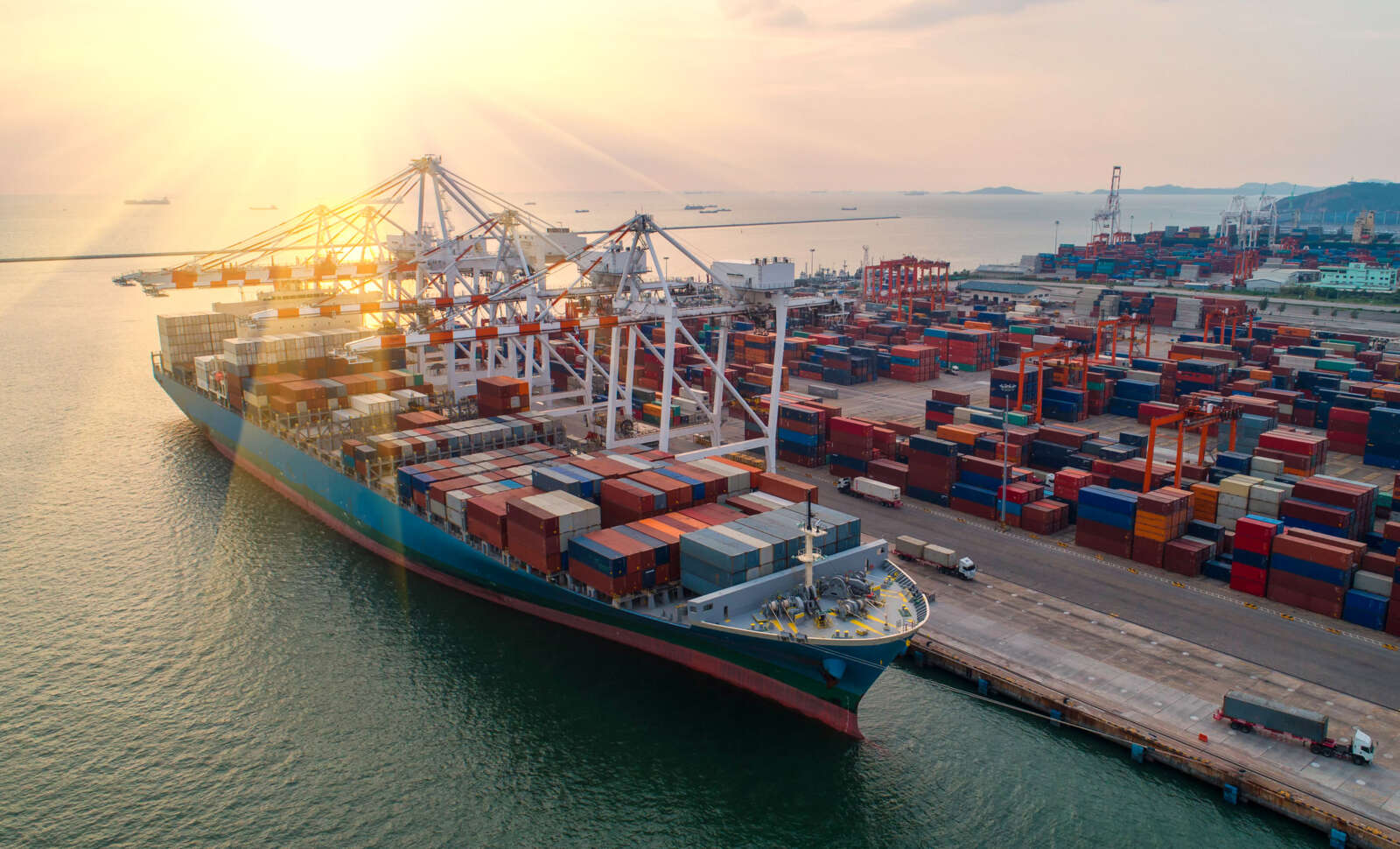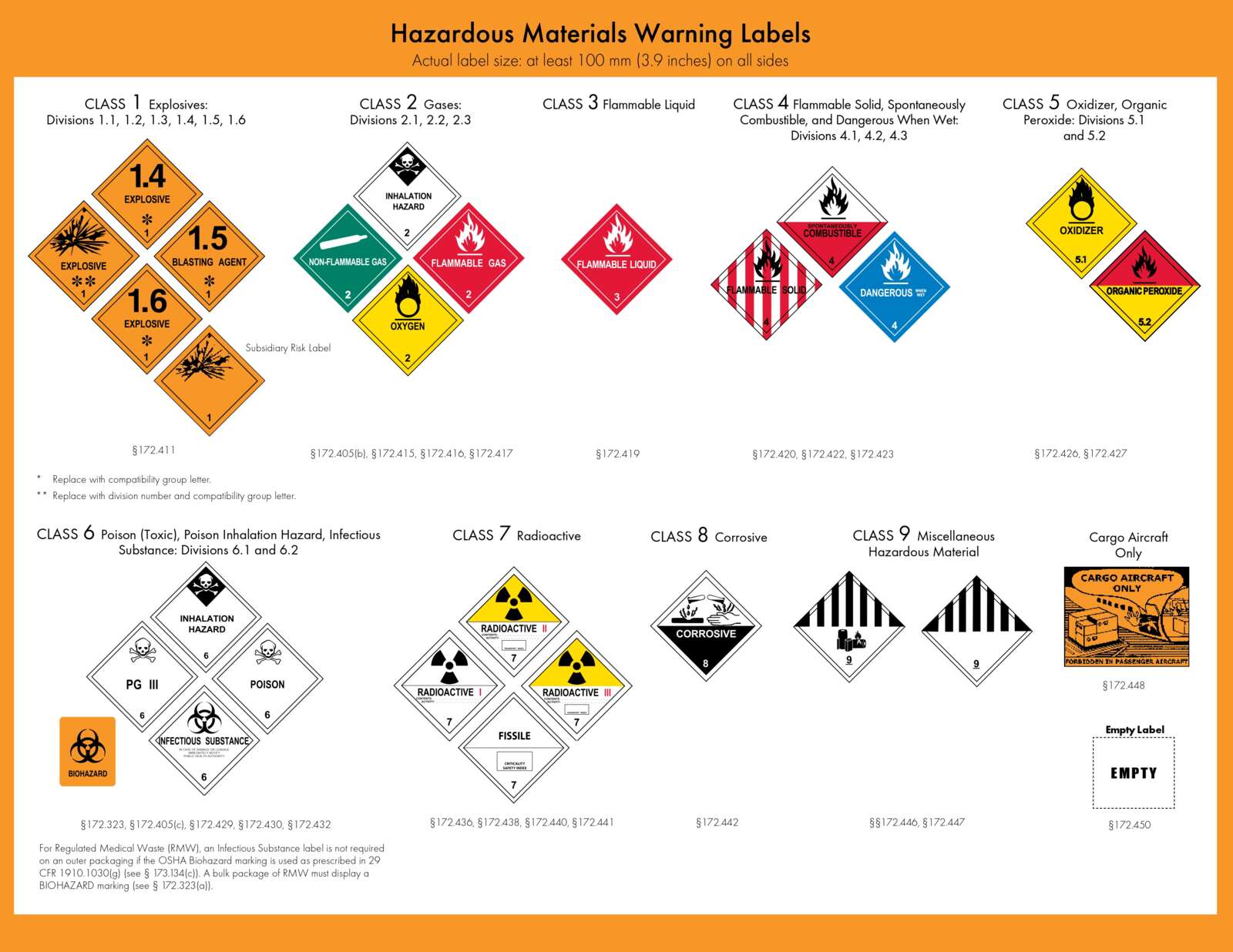Navigating the global shipping landscape entails shipping companies traversing through a set of regulations, standards, and protocols aimed at ensuring the safe, secure, and efficient movement of goods across borders and oceans. In today's interconnected world, compliance with international shipping regulations is not only a legal requirement but also a strategic imperative for businesses engaged in cross-border trade. Understanding the intricacies of these regulations is essential for shipping companies in maintaining seamless supply chains, mitigating risks, and fostering trust with customers and partners. This article delves into the core aspects of international shipping regulations, highlighting key categories, enforcement mechanisms, and the critical role they play in facilitating global commerce.
Understanding international shipping regulations

Before we delve into the specifics of international shipping regulations, it's crucial to grasp the overarching principles that underpin this complex landscape. These regulations encompass a wide array of rules and standards aimed at facilitating the movement of goods while safeguarding various aspects of global trade. From trade laws to safety regulations and environmental standards, each facet plays a critical role in ensuring the smooth functioning of cross-border commerce. Let's explore the key categories of shipping regulations in detail to better understand their significance in today's interconnected world.
Key Categories of Shipping Regulations:
- Trade Laws: Trade laws regulate international commerce, including trade agreements, embargoes, sanctions, and trade restrictions. Businesses must comply with trade laws to ensure lawful trade practices, avoid trade disputes, and capitalize on preferential trade agreements that may offer tariff reductions or exemptions.
- Customs Requirements: Customs regulations govern the import and export of goods, including duties, tariffs, and import/export procedures. Compliance with customs requirements ensures the lawful entry and exit of goods across international borders while facilitating trade and revenue collection for governments.
- Documentation Standards: Documentation standards prescribe the documentation required for the transportation of goods, such as bills of lading, commercial invoices, packing lists, certificates of origin, import/export licenses, and inspection certifications. Accurate and complete documentation is essential for customs clearance, cargo tracking, and compliance verification.
- Safety Regulations: Safety regulations govern the safe handling, packaging, labeling, and transportation of hazardous materials and dangerous goods. Compliance with safety regulations reduces the risk of accidents, injuries, and environmental damage during transit, protecting human health and the environment.
- Environmental Regulations: Environmental regulations aim to minimize the environmental impact of shipping activities, such as air and water pollution, emissions, and waste disposal. Compliance with environmental regulations promotes sustainable shipping practices, conservation of natural resources, and protection of marine ecosystems.
- Security Measures: Security measures address the threat of terrorism, piracy, and illegal activities in the maritime domain. These measures include vessel security protocols, container screening, and port security measures to safeguard cargo, vessels, and ports from security risks.
Dangerous goods shipping regulations

Navigating the intricate landscape of international shipping regulations, one critical aspect that demands meticulous attention is the transportation of hazardous materials or dangerous goods. These substances, ranging from flammable liquids to radioactive materials, necessitate stringent adherence to safety protocols to safeguard human health, the environment, and property.
Under the umbrella of international shipping regulations, dangerous goods shipping regulations emerge as a pivotal cornerstone. This regulatory framework governs the handling, packaging, labeling, and documentation of hazardous materials during transportation.
Dangerous Goods Classification
To facilitate the safe handling and transport of hazardous materials, they undergo classification into distinct categories according to their attributes. This categorization aids in identifying the suitable packaging, labeling, and transportation protocols for each type of dangerous goods, ensuring compliance with international shipping regulations. Dangerous goods are classified into nine primary classes based on their properties and potential hazards during transportation:
Class 1: Explosives
Class 2: Gases
Class 3: Flammable Liquids
Class 4: Flammable Solids
Class 5: Oxidizing Substances and Organic Peroxides
Class 6: Toxic and Infectious Substances
Class 7: Radioactive Materials
Class 8: Corrosive Substances
Class 9: Miscellaneous Dangerous Substances
Packaging, Marking and Labeling Requirements
The packaging of dangerous goods must be robust and suitable for the specific hazards associated with the materials being shipped. It should provide adequate protection against leakage, spillage, and damage, thereby preventing accidents and environmental contamination. Different types of hazardous materials may require different packaging solutions, ranging from drums and cylinders to specialized containers designed for specific substances.
In addition to proper packaging, labeling and marking are essential for identifying the contents of packages and conveying important safety information to handlers and emergency responders. Labels commonly indicate the hazards of the package, while markings ensure that the shipment is handled with care to prevent spills, accidents, and exposure.

Source: U.S. Department of Transportation
Hazard labels, warning placards, and markings indicating the nature of the hazard, handling instructions must be affixed to packages in accordance with regulatory requirements. Clear and standardized labeling ensures that everyone involved in the shipping process can quickly recognize and respond to potential hazards.
Furthermore, packaging and labeling requirements are often subject to international standards established by organizations such as the International Maritime Organization (IMO), the International Air Transport Association (IATA), and various national regulatory bodies. Compliance with these standards is essential for ensuring the smooth movement of goods across borders and preventing regulatory violations that could lead to fines, delays, or other penalties.
Documentation and Declarations
Documentation and Declarations encompass a crucial aspect of shipping dangerous goods, governed by regulations set forth by organizations like the International Maritime Organization (IMO) and the International Air Transport Association (IATA). These regulations mandate specific documentation requirements to ensure the safe and lawful transportation of hazardous materials. Compliance with documentation standards is essential for regulatory adherence and the prevention of accidents or incidents during transit.
Under IMO regulations for maritime transport, documentation for dangerous goods shipments includes the Dangerous Goods Declaration (DGD) or the IMO Dangerous Goods Form. This document provides detailed information about the nature, quantity, and handling instructions for the hazardous materials being transported. Additionally, the Shipper's Declaration for Dangerous Goods may be required to declare compliance with packaging, labeling, and stowage requirements.
Similarly, IATA regulations govern the air transport of dangerous goods and mandate the use of specific documentation, such as the Shipper's Declaration for Dangerous Goods. This document outlines critical details about the hazardous materials being shipped, including proper classification, packaging, labeling, and handling instructions. Compliance with IATA documentation requirements is essential to ensure the safe and secure transport of dangerous goods by air.


Compliance and enforcement
Compliance with international shipping regulations is enforced through various mechanisms and regulatory bodies, ensuring the safety, security, and environmental integrity of maritime operations. Here's an overview of key entities and frameworks involved in compliance and enforcement:
- International Maritime Organization (IMO): As the specialized agency of the United Nations responsible for regulating shipping, the IMO develops and enforces global standards for maritime safety, security, and environmental protection. It establishes conventions and codes, such as SOLAS, MARPOL, and STCW.
- SOLAS (International Convention for the Safety of Life at Sea): SOLAS sets forth minimum safety standards for the construction, equipment, and operation of ships, aiming to ensure the safety of life at sea. Flag states enforce SOLAS requirements through vessel inspections and surveys.
- MARPOL (International Convention for the Prevention of Pollution from Ships): MARPOL addresses marine pollution by regulating the discharge of harmful substances into the marine environment from ships. Flag states and port states enforce MARPOL regulations through inspections and monitoring of vessel operations.
- STCW (International Convention on Standards of Training, Certification, and Watchkeeping for Seafarers): STCW establishes minimum training and certification requirements for seafarers to ensure their competence and proficiency in performing their duties onboard ships. Flag states verify compliance through training programs, assessments, and issuance of certificates.
- International Labour Organization (ILO): The ILO sets international labor standards for the maritime industry through conventions and recommendations, addressing issues such as seafarers' working conditions, employment rights, and occupational safety and health.
- International Air Transport Association (IATA): IATA sets standards and regulations for the safe and secure transportation of air cargo. It provides guidelines for packaging, labeling, and documentation of dangerous goods shipments by air, ensuring compliance with international aviation regulations.
- World Customs Organization (WCO): The WCO develops and promotes international customs standards and procedures to facilitate cross-border trade and ensure compliance with customs regulations. It plays a crucial role in harmonizing customs practices and enforcing customs laws related to the transportation of goods.
- Flag State Enforcement: Each vessel operates under the jurisdiction of its flag state, which is responsible for ensuring compliance with international maritime regulations. Flag states conduct inspections, issue certificates, and enforce applicable laws and regulations aboard their registered vessels.
- Port State Control (PSC): Port state authorities inspect foreign-flagged vessels visiting their ports to verify compliance with international regulations and standards. PSC inspections focus on safety, security, and environmental protection aspects, and non-compliant vessels may face detention, fines, or other penalties.
By adhering to the regulations established by these entities and frameworks, the maritime industry promotes safe, secure, and environmentally sustainable shipping practices worldwide. Compliance and enforcement efforts play a crucial role in safeguarding maritime operations, protecting marine ecosystems, and enhancing the safety and well-being of seafarers and passengers.
Non-compliance and consequences
While adherence to international shipping regulations is essential, failure to comply can have severe consequences for businesses. Non-compliance may lead to disruptions in supply chains, delays in delivery schedules, and financial penalties. Moreover, it can tarnish a company's reputation and erode trust with customers and partners.
Beyond financial repercussions, non-compliance with safety and environmental regulations poses significant risks to human health, the environment, and public safety. Accidents resulting from inadequate safety measures can cause injuries, environmental damage, and even loss of life. Similarly, violations of environmental regulations can lead to pollution, ecosystem degradation, and harm to marine life.
- Financial Penalties: Companies that fail to comply with customs requirements or documentation standards may face monetary fines imposed by regulatory authorities. For instance, in 2005, the U.S. Department of Justice fined a shipping company $10 million for falsifying records to conceal illegal discharges of oil waste into the ocean.
- Supply Chain Disruptions: Non-compliance with safety regulations or environmental standards can result in delays and disruptions in supply chains. For example, if a shipment of hazardous materials is not properly packaged or labeled, it may be held at customs for inspection, causing delays in delivery and additional storage costs.
- Legal Consequences: Serious violations of international shipping regulations can lead to legal action, including civil lawsuits and criminal charges against individuals and companies involved. In 2019, a shipping company and its executives were indicted for conspiracy to commit environmental crimes related to the illegal discharge of oily waste into the ocean.
- Reputational Damage: Instances of non-compliance can damage a company's reputation and brand image, leading to loss of customer trust and loyalty. For instance, a well-publicized incident of pollution or safety violation can tarnish a company's reputation and impact its ability to attract customers and partners.
- Environmental Impact: Non-compliance with environmental regulations can have detrimental effects on the environment, including pollution of air, water, and soil, as well as harm to marine ecosystems and wildlife. For example, an oil spill caused by a tanker accident can result in widespread environmental damage and require costly cleanup efforts.
These examples highlight the serious consequences that businesses may face as a result of non-compliance with international shipping regulations. It underscores the importance of prioritizing compliance efforts and implementing robust systems and procedures to ensure regulatory adherence and mitigate risks.
To mitigate these risks, businesses must prioritize compliance efforts and invest in robust systems and processes to ensure regulatory adherence at all stages of the shipping process. This includes comprehensive training for staff, regular audits of procedures, and the adoption of best practices in safety, security, and environmental stewardship.
Conclusion
In conclusion, it's evident that international shipping regulations serve as the foundation of secure and sustainable global trade operations, particularly for shipping companies and businesses. Throughout this article, we've underscored the critical role these regulations play in ensuring the safe and efficient movement of goods across borders and oceans. Compliance with these regulations isn't merely a legal obligation but also a strategic necessity for businesses engaged in cross-border trade.
Understanding the intricacies of these regulations is paramount for shipping companies in maintaining seamless supply chains, mitigating risks, and fostering trust with customers and partners. However, the consequences of non-compliance can be severe, ranging from financial penalties and supply chain disruptions to legal repercussions and reputational damage.
Therefore, it's imperative for shipping companies to prioritize compliance efforts and invest in robust systems and processes. By doing so, they not only uphold their commitment to safety, security, and environmental stewardship but also safeguard their operations against potential risks and ensure long-term success in the maritime industry.